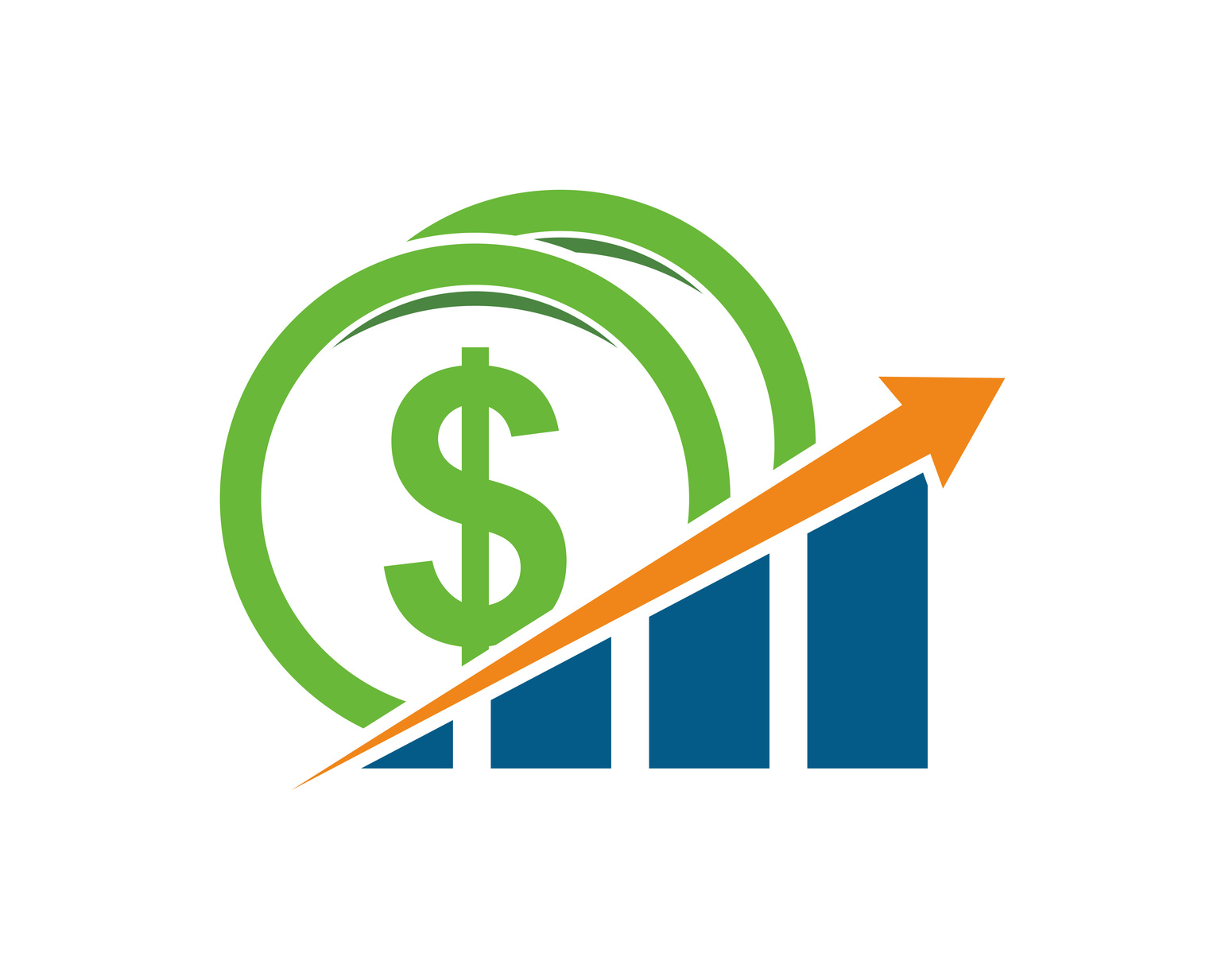Planning for retirement can seem like a complex endeavor, but taking advantage of high IRA rates can boost your future financial security considerably. An Individual Retirement Account, or IRA, offers a unique blend of tax advantages and potential interest rates that make it an attractive option for those focused on building a solid retirement fund. Understanding the importance of these interest rates, how different types of IRAs offer varying rate potentials, and the specific benefits tied to high IRA rates are key aspects of strategic retirement planning. Empowering yourself with this knowledge can help guide your decision-making as you seek out the right IRA for your financial circumstances, risk tolerance, and long-term goals.
Understanding IRAs
Understanding Individual Retirement Accounts (IRAs)
An Individual Retirement Account (IRA) is a tax-advantaged account employed by individuals to allocate funds for retirement. IRAs fall into different types, including Traditional, Roth, SIMPLE, and SEP, each catering to different financial circumstances and needs.
Types of IRAs
- Traditional IRAs: This type allows pre-tax dollars to be contributed. The money grows tax-deferred, only being taxed when withdrawals occur after retirement.
- Roth IRAs: Roth IRAs are financed with post-tax dollars, but the advantage is that withdrawals during retirement are entirely tax-free.
- SIMPLE (Savings Incentive Match Plan for Employees) IRAs: These are designed for small business owners and self-employed individuals. They provide an easy mechanism to contribute towards their employees’ and their own retirement savings.
- SEP (Simplified Employee Pension) IRAs: Like SIMPLE IRAs, SEP IRAs cater to self-employed people and small businesses but allow for a higher annual contribution limit.
Understanding the eligibility and contribution rules for each of these types of retirement accounts is crucial to maximizing savings and minimizing tax implications with IRA investments.
Benefits of High IRA Rates
High IRA rates refer to good returns on the investments within these accounts. Typically, the higher the interest rate, the more money you’ll earn from your investments, thus the more substantial your retirement savings will be. One of the major benefits of high IRA rates is the compound interest phenomenon. This means the interest you earn on your investments is reinvested, and then, you earn interest on those interest funds. This compounding effect can significantly accelerate the growth of your retirement savings over time.
Another benefit of high IRA rates is the potential for higher tax deductions. Particularly in traditional IRAs, a higher contribution coupled with a higher IRA rate can yield a larger tax deduction.
Understanding the Risks
While high IRA rates can be beneficial, it is still important to understand the risks associated with these investments. Higher returns often come with higher risk. Thus it’s crucial to consider your personal financial situation, investment knowledge, and risk tolerance before making IRA investments.
To secure a robust financial future, a deep understanding of the potential impact of high IRA rates on your retirement savings is key. These rates, when leveraged correctly, are a powerful tool for growth through compounding and might also provide attractive tax deductions. However, the act of investing is never devoid of risks, which need serious consideration before decision-making.
-txa.jpeg)
The Importance of Interest Rates
Interest Rates and Their Role in an IRA
The connection of standard interest rates to the returns produced by an Individual Retirement Account (IRA) is not just complex but critical to one’s long-term financial trajectory. On closer look, interest rates in the sphere of retirement savings are a reflection of the growth one’s savings can expect over a period of time. This essentially underscores the vital role such rates play in the expansion of one’s retirement corpus.
Compound Interest Impact Over Time
Compound interest is a significant financial concept in retirement savings as the interest you earn starts to earn its own interest over time. In other words, your savings will not just grow linearly but rather exponentially. Let’s take this into consideration; if you start with $10,000 in an IRA account that earns a steady 6% interest per annum, the first year’s interest earned would be $600. However, in the second year, the interest would calculate on the new total of $10,600, which equals $636, leaving your account total at $11,236 by the end of the second year. Over several years, this effect compounds, drastically increasing the total sum in the IRA account into a hefty retirement nest egg.
The rate at which this compound interest grows depends dramatically on the IRA interest rate, with higher rates leading to quicker and larger accumulation of wealth in the account. Let’s say you have an IRA with an interest rate of 4%. It would take approximately 18 years for your initial investment to double. However, if your IRA has a high interest rate of 8%, it would only take around nine years for your initial investment to double.
High-interest rates on an Individual Retirement Account (IRA) not only translate to a larger wealth accumulation over time, but they also contribute directly to the speed of this growth. Offering the possibility of a more secure retirement with substantial savings in place, high IRA rates are an appealing prospect for many. However, it’s worth mentioning that with the potential for high returns comes an increased risk, and it’s crucial to bear this in mind alongside personal financial goals and risk tolerances when selecting an IRA.

Benefits of High IRA Rates
Delving into High IRA Rates
Understanding the benefits of high IRA rates can provide significant insights into retirement savings and potential growth. As a tax-advantaged account, an IRA serves as a vehicle for retirement savings. These funds are composed of either pre-tax (traditional IRA) or after-tax contributions (Roth IRA). Importantly, the earnings from the account—including interest, dividends, and capital gains—are not taxable until withdrawn. Consequently, the growth rate of the investments within the IRA plays a pivotal part in developing your retirement savings.
Benefits of High IRA Rates
Accelerating Retirement Fund Growth
High IRA rates can significantly accelerate the growth of retirement funds over time due to the magic of compound interest. To illustrate, let’s consider a hypothetical scenario where you invest $5,000 per year at two different rates of return—say, 4% and 6%. Over 30 years, the account with a 4% return would grow to approximately $395,000, while the account with a 6% return would grow to nearly $502,000. Therefore, a higher IRA rate can result in substantial long-term gains for your retirement fund.
Providing a Cushion Against Inflation
A high IRA rate also provides a buffer against inflation. An investment with a higher return can help ensure that your buying power is maintained or even grows over time. If your IRA is growing at a higher rate than inflation, your retirement savings will retain their value, providing a critical line of defense against rising prices.
Enhancing Long-Term Financial Security
A retirement savings account with a higher interest rate generally adds to your financial security. A higher return means a larger retirement nest egg, providing a greater sense of financial stability and peace of mind. The larger the nest egg, the more options you have in terms of living arrangements, medical care, travel, and other expenses during retirement.
Tax Benefits
Another benefit of high IRA rates is tax-deferred or even tax-free growth. Traditional IRAs offer tax refunds on contributions and deferred taxes on the growth of your savings until retirement, while Roth IRAs provide tax-free growth and tax-free withdrawals in retirement. This means that a higher IRA rate can help you take full advantage of these tax benefits by boosting the growth of your earnings, and potentially even moving you into a higher tax bracket in retirement.
Conclusion
The significance of high IRA rates in the context of retirement savings proves to be an essential element. Acting as catalysts, these superior rates expedite the growth of your retirement fund, thus allowing to build a robust financial buffer against inflation. Additionally, they improve long-term financial stability and offer lucrative tax benefits. In essence, high IRA rates play a pivotal role in streamlining retirement planning.

Choosing the Right IRA for High Rates
Demystifying IRAs and Their High Rates
An Individual Retirement Account, more commonly known as an IRA, is an effective retirement savings tool fortified with numerous tax advantages. These benefits result in significant income growth over time. The IRA landscape is diverse, including traditional IRAs, Roth IRAs and Rollover IRAs, each bearing its unique set of benefits. The potential for higher rates stands as a key consideration while choosing an IRA. This is primarily because these rates have a drastic impact on long-term returns, making it an influential factor in retirement planning.
Comparison of Rates in Different Types of IRAs
Typically, the rates of return for IRAs depend on what investments you choose within the account, rather than the type of IRA you choose. However, the tax advantages offered by different types of IRAs can significantly impact your net returns.
- Traditional IRA: With a traditional IRA, your contributions are often tax-deductible in the year they are made. However, you’ll have to pay taxes when you withdraw the money in retirement. This can be beneficial if you believe your tax rate will be lower in retirement than it is now.
- Roth IRA: Roth IRA contributions are made with after-tax dollars, meaning you don’t get a tax break when you contribute. However, you can typically withdraw the money tax-free in retirement. This may result in higher net returns if you expect to be in a higher tax bracket during retirement.
- Rollover IRA: A Rollover IRA allows you to transfer assets from a previous employer’s retirement plan, like a 401(k), into an IRA. The rates will depend on your investment choices and the potential benefits are similar to a traditional IRA.
One thing to note is that IRAs don’t have fixed rates like savings accounts. The rate of return in an IRA is generally tied to the performance of the investments you choose.
The Decision-Making Process for Higher IRA Rates
The quest for maximizing your IRA rates should involve a careful evaluation of more than just potential earning percentages. Here are some key considerations:
- Personal Finances: Your current and projected future tax rates play a crucial role in determining whether a Traditional or Roth IRA may yield better earnings for you.
- Risk Appetite: Assets yielding higher rates generally carry more risk. Aggressive investments may bring high returns, but are more volatile.
- Investment Tenure: If you have a long-duration investment plan, you are better positioned to weather the ups and downs of risky investments, allowing for high yield possibilities.
An assessment of your individual monetary status, risk tolerance and investment objectives can significantly aid you in determining the type of IRA that suits you. Further advice from a financial expert would bolster your understanding and lead you to make an informed choice for higher IRA rates.

Strategies to Obtain High IRA Rates
Pursuing Higher IRA Rates: Key Strategies
Individual Retirement Accounts (IRAs) act as avenues for investors to lay the foundation for a financially prosperous future. High-rate IRAs can yield several benefits such as an impressive wealth accumulation over periods of time, enabling a cozy retirement and offering tax deductions. Now let’s look at some strategies to boost your IRA rates.
Diversifying Investments for High IRA Rates
Investment diversity can bring stability to your IRA and enable opportunities for higher returns. This strategy includes spreading your investments across various asset categories like stocks, bonds, mutual funds, and real estate. The mix of investments helps to lower risks associated with market volatility and increases the likelihood of achieving better rates and returns overall.
Timing the Market to Maximize IRA Rates
While timing the market is often advised against due to its inherent risk, with careful analysis and understanding of market trends, it can still be a viable strategy. Buying low and selling high within your IRA can lead to increased returns. However, this requires a thorough understanding of the economy and the ability to make informed decisions based on market trends.
Taking Intelligent Risks
Taking intelligent risks is part of any investment strategy. You can typically garner higher rates and potentially greater returns by putting your money in assets with more inherent risk, such as stocks or mutual funds. However, it’s essential to understand that high return potential also comes with high risk.
Consistent Contributions
Regular contributions to your IRA can be another strategy for garnering high IRA rates. This strategy leverages the power of compounding, where your investment earnings generate their return. Over time, consistent contributions could lead to substantial growth in your IRA.
Choosing The Right Type of IRA
Roth and Traditional IRAs offer different tax advantages, which could impact your rate of return. With a Roth IRA, you contribute after-tax dollars, and your investment grows tax-free, allowing you to withdraw profits tax-free in retirement. A Traditional IRA provides a tax deduction for contributions, but withdrawals in retirement are taxed as income. Choosing the right type of IRA for your situation can maximize your returns.
Consider Professional Advice
Financial advisors or robo-advisors can help analyze your financial situation, risk tolerance, and retirement goals to formulate a personalized investment strategy. They can guide you in diversifying your portfolio, timing the market, and making informed decisions that could lead to high IRA rates.
In conclusion
attaining high IRA rates typically involves strategic investment, understanding of the market, and taking calculated risks. However, tailored advice from financial professionals can often improve the probability of achieving your retirement goals. Your IRA can become a significant component of your retirement plan, providing financial security in later years.

Navigating the financial landscape for retirement savings doesn’t have to be intimidating or overwhelming. By understanding the basics of IRAs, recognizing the importance of high interest rates and their impact on your account’s growth, and by choosing the correct IRA, you can position yourself well for future financial stability. Furthermore, with the carefully chosen strategies to maximize your IRA rates, the road to a secure retirement can become much clearer. Remember, your retirement account is not just a saving, it’s a long-term investment in your financial peace of mind. Therefore, making every effort to maximize your IRA rates can make a significant difference in your quality of life during your golden years.

